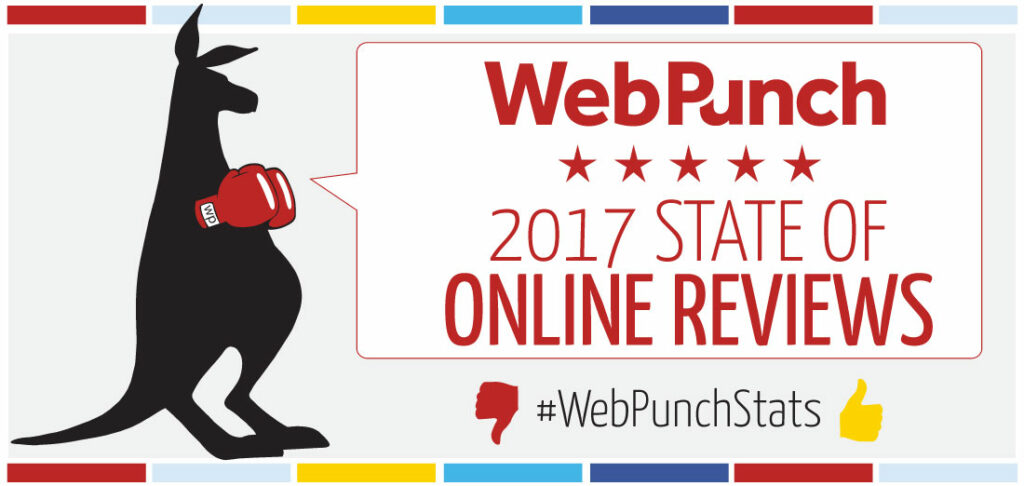Consumers are funny, aren’t they? We could study them for all of time and never really understand them. Maybe on an individual level we get them, like why exactly John Doe left a negative review on one site, but not another. But consumers and their motives as a whole can be unpredictable and often only theorized about. Even more challenging, their needs and wants or what attracts them are constantly changing. However, in one of our most recent WebPunch studies, WebPunch 2017 State of Online Reviews, we were able to pin down some patterns among the masses, patterns that could help businesses make better decisions…
Are you looking to focus in on generating positive reviews for your business? Or perhaps you’re looking for regular, honest, and often critical feedback in an effort to improve operations. Maybe you just want reviews, no matter what kind they are. As we’ve mentioned before, all online review sites are not created equal. And consumers do not use review sites equally. In our WebPunch study, we organized some interesting stats that show which review sites garner more negative attention toward businesses versus positive ones.

We haven’t yet tapped into the “why,” but we’ve been speculating. People may post more positive reviews on sites where there’s more intimate communication with others. On Facebook, users’ thoughts, ideas, and reviews can be viewed by their peers. At the same time, the businesses themselves have very open lines of communication with their reviewers and can look into their personal lives. Perhaps Facebook users are more concerned that a business will confront them about their negative review in a way they were not hoping for (after all, most consumers want resolution).
On sites like Yelp, which is strictly for reviews, businesses can see a user’s profile and respond to the comments, but users and businesses do not share that intimacy or personal connection with each other like they do on Facebook. Therefore, people may be more inclined to attack on Yelp.
We hope you’ll use these numbers on the above Infographic when you’re dialing in your review strategy.


